
Austria beckons with its jaw-droppingly beautiful landscapes and culturally rich cities. Surrounded by the breathtaking alpine scenery and nestled within the Alps, it is a treasure trove of diverse delights. Austria’s rich history is reflected in its famous residents, from Sigmund Freud to Amadeus Mozart, both of whom are immortalised in the landmarks of the capital, Vienna.
When you tour Austria, you’ll step into the historical grandeur of Vienna. This city has been a cradle of musical genius and a bastion of the Habsburg Empire’s opulent beauty. Its streets are a living testament to the Baroque architecture that has stood the test of time. Vienna, the home of Beethoven and many other composers, continues to enchant visitors with the timeless symphonies that echo through its streets.
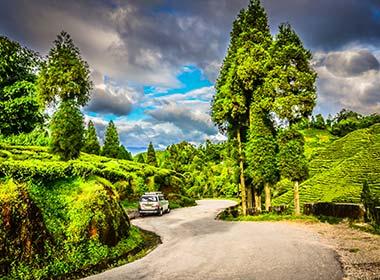
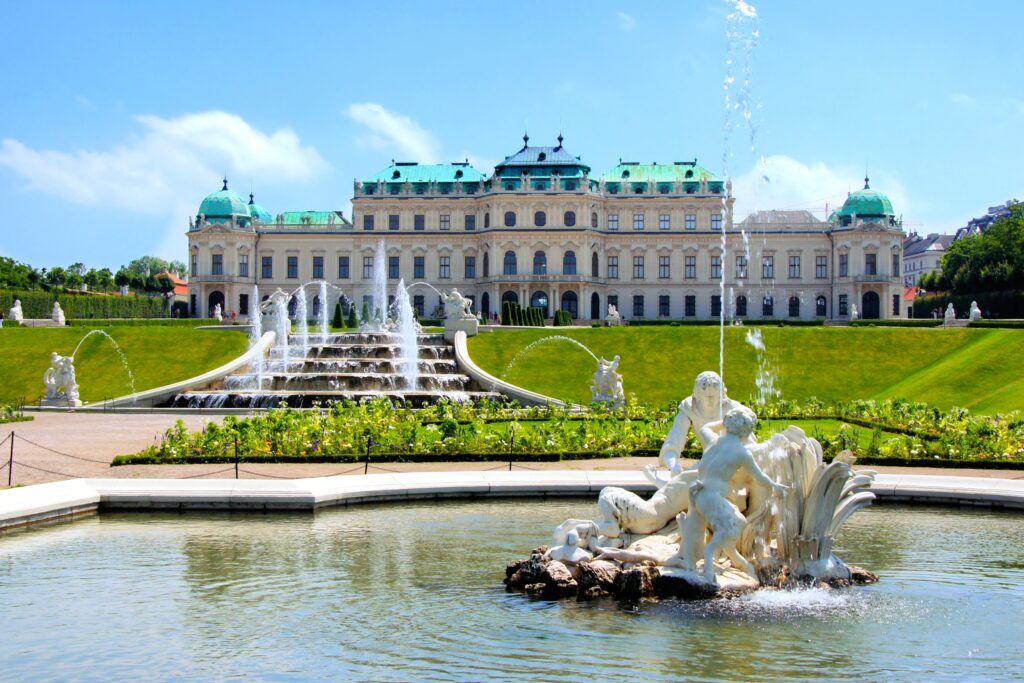
We love these tours from Tour Radar – all incorporate time in Vienna alongside other amazing European cities.
In Vienna, the traditional coffeehouses are not just charming; they are a living part of the city’s history. They offer some of the best coffees, pastries, and cakes that money can buy. Often described as Europe’s cultural capital, Vienna is dripping in stunning architecture. Visit the Imperial Schonbrunn Palace residence, the Hofburg – the former palace of the Habsburg dynasty, and the iconic St. Stephen’s Cathedral with its North Tower providing a spectacular view of the city.
A tour of Vienna, a city renowned for its elegance, offers a diverse range of cultural activities to enjoy. From attending the angelic Vienna Boys choir at the Burgkapelle, experiencing the world’s best orchestra at the philharmonic, or visiting the neoclassical Kunsthistorisches Museum, brimming with the work of Europe’s most famous artists. Finish your day with a trip to the hidden gem of the Griechenbeisl – Vienna’s oldest restaurant, a place of history and exclusivity, frequently visited by the likes of Beethoven, Brahms, Strauss and Schubert.
Austria’s history is a captivating journey, with humans inhabiting it since the Palaeolithic era. It was then successively populated by the Celts, the Romans, and various Germanic groups. The emergence of Austria as a unified state at the end of the first millennium was a turning point, as it became part of the Holy Roman Empire. The Habsburg monarchy, central figures in Austria’s history, maintained its imperial power into the early 19th Century and beyond.
The Austro-Hungarian Empire was established in 1867. The assassination of Archduke Franz Ferdinand was a key event that led to World War I. The collapse of the Empire shortly followed this. Hitler annexed the country in the Second World War. Liberated in 1945, Austria regained its sovereignty in 1955.
Today, Austria is a treasure trove of beauty and history, a vibrant and culturally rich country that offers a wealth of experiences to those who seek them.
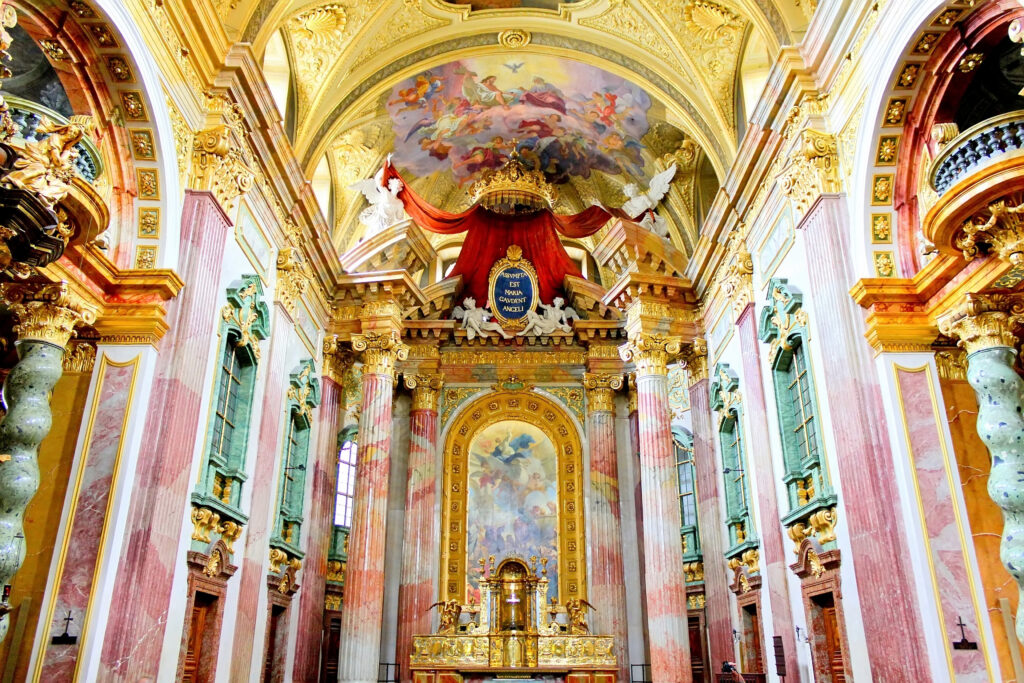
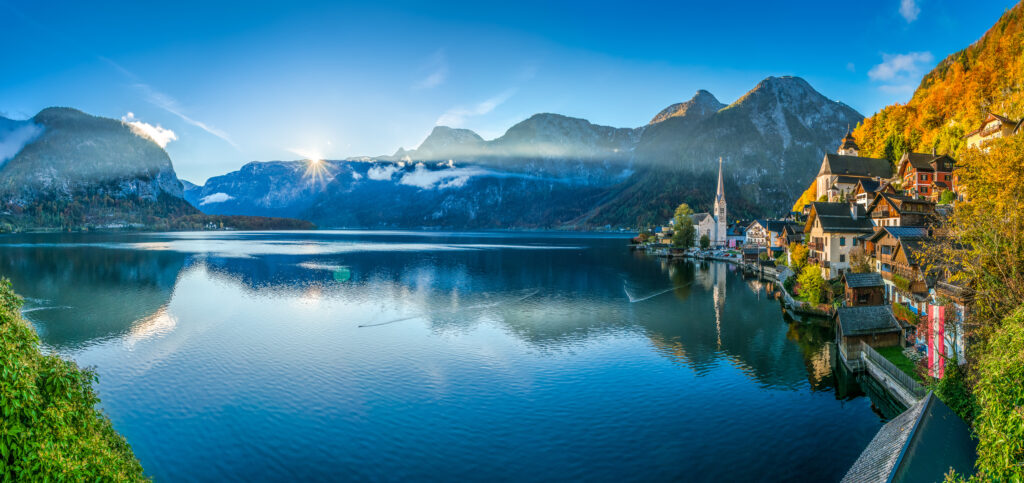
Located in the Alps, Austria is a landlocked, mountainous country bordered by the Czech Republic, Germany, Hungary, Slovakia, Slovenia, Italy, Switzerland & Liechtenstein. It has an alpine climate, and whilst cold in winter, summer temperatures are relatively high. The views are breathtaking.
Check the weather chart on our website or visit www.worldclimate.com to get an idea of what the weather will be like on your trip.
The monetary unit in Austria is the Euro (€).
For up-to-date exchange rates with your currency, visit www.xe.com. Money is easily accessible via ATMs (also known as cash machines) using a credit or debit card. ATMs are widely available throughout Europe, and credit cards are accepted in many restaurants and shops. Another option is to bring cash, in either US dollars or euros. However, we advise against bringing all your money in this form, in case of theft. Please note: Travellers’ cheques may attract poor exchange rates or exorbitant commissions.
Many nationalities do not need a visa to enter Austria when staying in the country for less than 90 days. However, visitors must hold an onward ticket, all necessary documents for their next destination, and sufficient funds. You can check your requirements here.
Austrian specialties include Krapfen (doughnuts filled with apricot jam), Apfelstrudel (filled with apple) and Topfenstrudel (filled with cheese). Other typical dishes include Wiener Schnitzel, a veal cutlet which is breaded and fried and also Knodel, which are dumplings often served on the side of a meal.
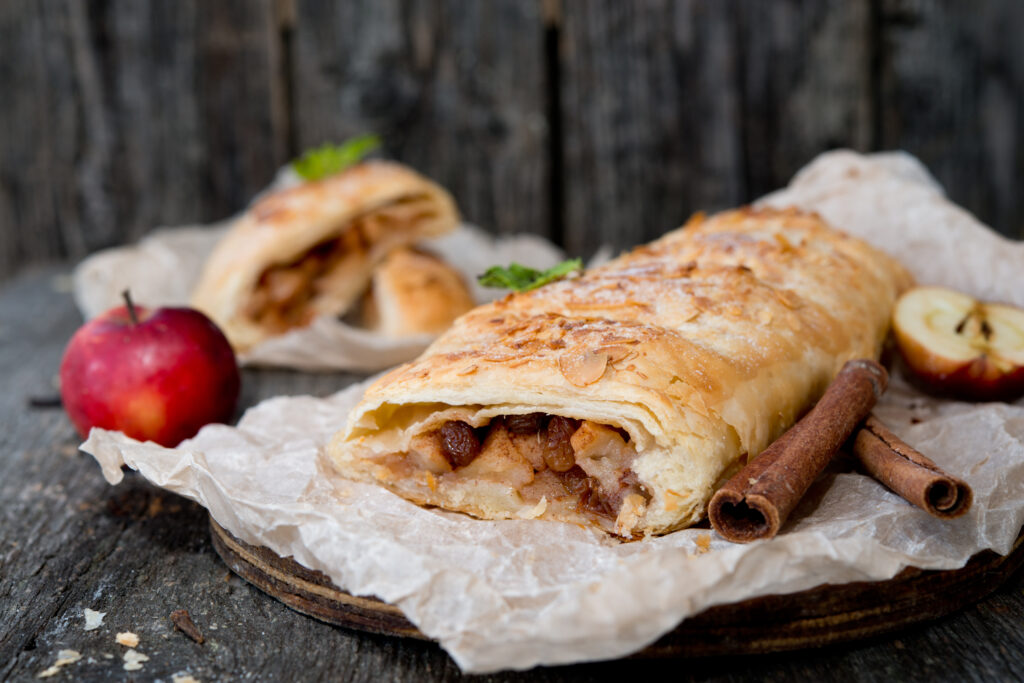
Electricity: The voltage in Austria is 230- 240V. Sockets are of the European two-pronged round pin variety.
Time difference: Austria’s time zone is GMT/UTC +1. For other time differences, please visit www.timeanddate.com
The Trans Mongolian Railway holds a certain mystique for adventure travellers. It’s one of the classic overland routes like the…
‘After you’ve finished we can take a pletna out to Bled Island.’ She said smiling. ‘There’s no rush is there?’…
When you think of Romania the first thing that comes to a lot of peoples’ minds is Transylvania and Dracula.…
We are passionate adventure travelers who want to share the world and our travel experiences with everyone…
This website uses cookies so that we can provide you with the best user experience possible. Cookie information is stored in your browser and performs functions such as recognising you when you return to our website and helping our team to understand which sections of the website you find most interesting and useful.
Strictly Necessary Cookie should be enabled at all times so that we can save your preferences for cookie settings.
If you disable this cookie, we will not be able to save your preferences. This means that every time you visit this website you will need to enable or disable cookies again.
